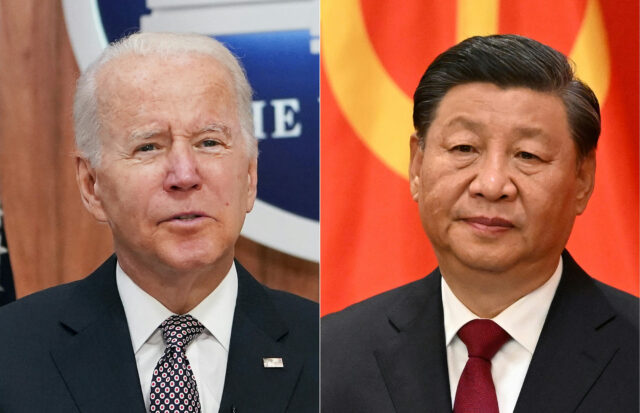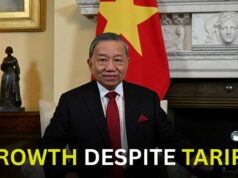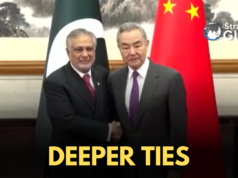NEW DELHI: The National Defense Strategy document unveiled earlier this year puts China as the most consequential and systemic challenge to U.S. national security and the free and open international system. Now, the Department of Defense’s annual report to the Congress says China’s strategy entails a determined effort to amass and harness all elements of its national power to place the country in a “leading position” in an enduring competition between systems. Here are some of the highlights of the report.
China’s National Strategy
China’s leaders believe that structural changes in the international system and an increasingly confrontational United States are the root causes of intensifying strategic competition between China and the United States.
Foreign Policy
In 2021, China employed multiple diplomatic tools to erode U.S. and partner influence, such as highlighting the U.S. withdrawal from Afghanistan and criticizing U.S.-backed security partnerships including the Quad and AUKUS.
Economic Policy
Beijing aims to forge domestic resilience by reducing China’s reliance on foreign supply chains that have proven to be economic chokepoints. In addition, it wants to boost domestic production and consumption to fuel growth and decrease the economy’s reliance on exports.
Belt And Road Initiative
China uses BRI to support its strategy of national rejuvenation by seeking to expand global transportation and trade linkages to support its development and deepen economic integration with nations along its periphery and beyond.
Military Strategy
In 2021, the PLA began discussing a new “core operational concept,” called “Multi-Domain Precision Warfare intended to leverage a C4ISR network that incorporates advances in big data and artificial intelligence to rapidly identify vulnerabilities in the U.S. operational system and then combine forces across domains to launch precision strikes against those vulnerabilities.
China’s Power Projection
The PLA’s evolving capabilities and concepts continue to strengthen China’s ability to “fight and win wars” against a “strong enemy” (a euphemism likely for the United States), counter an intervention by a third party in a conflict along China’s periphery and project power globally.
In 2021, the PLA Rocket Force launched approximately 135 ballistic missiles for testing and training. This was more than the rest of the world combined, excluding ballistic missile employment in conflict zones.
The PLA views the ability to control space-enabled information and to deny adversaries their own space-based information gathering and communication capabilities as critical components in modern “informatized warfare’.
China presents a persistent threat of cyber-enabled espionage and attack on an adversary’s military and critical infrastructure systems.
Nuclear Capabilities
As per the Department of Defense estimates, China’s operational nuclear warheads stockpile has surpassed 400. If China continues the pace of its nuclear expansion, it will likely have about 1500 warheads by 2035.
Chemical And Biological Research
China’s chemical and biotechnology infrastructures are sufficient to research, develop and produce some chemical and biological agents or toxins on a large scale. It probably has the technical expertise to weaponize chemical and biological warfare agents.
Approach Towards Taiwan
China could conduct a range of options for military campaigns against Taiwan, with varying degrees of feasibility and associated risks. These options may range from air and/or maritime blockade to a full-scale amphibious invasion to seize and occupy some of its offshore islands or all of Taiwan.





